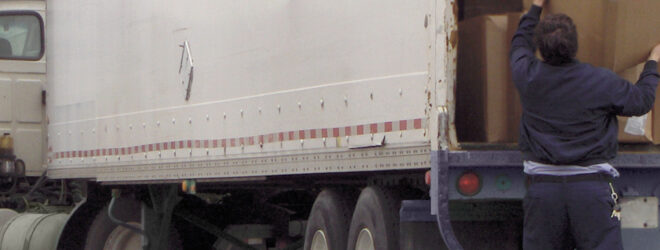Operating heavy machinery in forested areas means working in an environment packed with flammable materials. Trees, leaves, and dust create the perfect storm when combined with hot engines and long operating hours. Your equipment, designed to clear and harvest timber, can quickly become an ignition source in this fuel-rich environment.
Forestry equipment fires aren’t just expensive – they’re dangerous, unpredictable, and can devastate entire operations. The good news? Most of these fires are preventable with proper maintenance and smart work habits. In our blog, we will show you how to protect your crew, equipment, and business from the devastating consequences of machinery fires.
Understanding how equipment fires can start
You might think equipment fires need an open flame to ignite, but that’s not the case. Most forestry machinery fires begin with debris buildup – organic matter that accumulates in your equipment and acts as tinder when exposed to grease and engine heat.
The culprits are everywhere in forest environments, and can include:
- Sawdust and bark particles
- Pine needles and leaves
- Pollen and other organic debris
- Fuel and hydraulic fluid leaks
- Faulty electrical wiring
These materials lodge into small spaces almost immediately during operation. When combined with leaked fluids and moving parts that generate heat, they create perfect conditions for combustion. Even damaged battery cables can provide the spark that sets everything ablaze.
Regular cleaning of your equipment
Your first line of defense against equipment fires is aggressive cleaning. When working in forests, debris accumulates faster than you might expect, blocking airflow and trapping heat in dangerous ways.
After finishing each shift, it’s important to clear all dust and debris from hot exhaust components, including the turbocharger, exhaust manifold, pipes, and muffler. You should also empty machine belly pans and lower structures of any accumulated organic matter like twigs, needles, leaves, and bark chips.
On a daily basis, you should be inspecting your exhaust system thoroughly for leakage signs. Look for cracked pipes, missing bolts and clamps, worn electrical cables, and eroded hydraulic hoses. Never operate equipment with exhaust leaks – they’re serious fire risks that demand immediate attention.
Once monthly (or more frequently in heavy debris conditions), perform steam cleaning or pressure washing of all compartments:
- Engine compartment
- Transmission areas
- Brake systems
- Fuel systems
- Hydraulic compartments
Always use nonflammable cleaning supplies. High-pressure water streams work best for engine and hydraulic compartments, ensuring you remove embedded debris that compressed air might miss.
Routine inspections and maintenance
Regular cleaning and careful inspection go hand-in-hand – you can’t replace one task with the other. In addition to your regular cleaning schedule, be sure to set aside time to examine the following:
Ignition sources
Ensure oil, hydraulic, and fuel lines aren’t contacting hot points on your equipment.
Electrical systems
Check all electrical lines and connections for proper fit, wear and damage. Replace components at the first sign of deterioration.
Fluid systems
Examine oil, hydraulic fluid, and fuel lines for cuts, abrasions, or loose fittings. Clean up any leaks or spills immediately.
Coolant levels
Monitor engine coolant levels and top up as necessary to prevent overheating.
Oil analysis
Regular oil sampling can detect internal problems before they require major repairs or create fire hazards.
Fire extinguishers
These require regular care to remain effective, including:
- Follow inspection guidelines on labels and user manuals
- Ensure all extinguishers stay charged and operable
- Replace or service fire extinguishers immediately after use
Staying vigilant for long-term success
Fire prevention in forestry operations requires constant vigilance. The forest environment provides unlimited fuel for potential fires, making your equipment maintenance and safety procedures your only reliable protection.
Make time for regular checks, inspections, and repairs. The better you maintain your forestry machines, the less likely you’ll face the devastating consequences of equipment fires. Your crew’s safety, your business continuity, and your bottom line all depend on the preventive measures you implement today.
Protect yourself and your business with insurance
By following the above safety tips, you can significantly reduce the risks associated with fires due to forestry equipment, which promotes a safer environment for everyone involved. However, accidents can and do happen. That’s where insurance can help. To learn more about business vehicle insurance, visit our Business Insurance page today.




